Most of us have a bit of a bittersweet relationship with winter – it’s hard to say no to a delicious gingerbread cookie or a hug-in-a-cup mug of hot apple cider. But, when we start to feel a chill in the air, we all know that our gardens are getting ready to pack up shop for the season. Winter doesn’t have to be a complete farewell to your garden though, and many people have a few favorite perennials that they just can’t leave out in the cold.
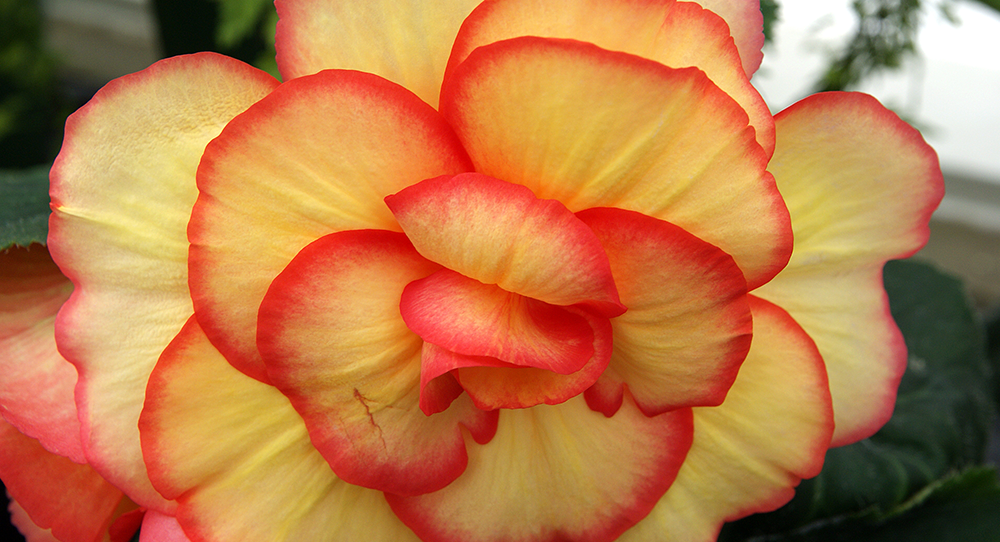
Tender Perennials
While you may wish to bring all your favorites in from the cold, the only ones worth the trouble will be the tender perennials, like hibiscuses, cannas, and palms. Hardy perennials are used to weathering it out in the cold and actually benefit from the dormant season they experience outside, where tender perennials are not.
Tender perennials are usually plants that natively make their home in warmer climates. Not used to the frosty temperatures we experience here in Minnesota, these more tropical plants can’t weather staying out in the chill and protecting them is essential to their survival.

Ways to Overwinter Your Tender Perennials
If they are just going to wither in the cold, it only makes sense that they need to remain unfrozen to survive. Thankfully, our houses are a great place to keep them sheltered from the chill. Here are a few ways to bring them inside:
Tendering as a Houseplant. One popular method of overwintering tender perennials is to move them inside as a houseplant for the winter. To do this, lift your plant from the garden bed and gently shake off the soil from the roots before potting. Always use fresh bagged soil to pot any plant – especially those from outside that may be carrying some unwanted pests in the soil. Place your plant near a bright window to give them the sun they need and water as needed throughout the season.

Taking Plant Cuttings. A great way to bring your bigger plants inside with you is to take a few cuttings. Rather than trying to accommodate the full size of the mother plant, simply trim off a few healthy growths. Then, remove all lower leaves, dip the stems in a rooting hormone, and plant them in fresh potting soil. Given good warmth and humidity, you should soon see your little plant babies taking root and getting ready to perform beautifully all on their own fairly quickly.
Let Them Go Dormant. Another way to bring your plants inside without quite as much coddling throughout the season is to allow them to go dormant. To do so, just leave your perennial outside slightly longer in the cold weather, which should let it know that it’s time to hibernate. After sufficient chilling your plant to about 40-50℉, you’ll want to repot it in fresh soil and place in a cool, dark place for the season. This can be a garage or a basement, even a closet, so long as the temperature remains cool, but not drafty. Even while they are sleeping, they still need hydration, so check the soil every so often and when it is completely dry, give them a nice soak to quench their thirst.
Making the Adjustment
Whenever you are moving your plants into new climates, it’s completely normal for them to experience some stress. As such, you can expect a period of adjusting from the outdoors to the indoors, and vice versa.
To make the transition inside as smooth as possible, keep the plants happy with as much sun as possible before they come inside and try to keep them in a climate similar to the one they’ll experience in your home – between 60-70℉. Once inside, do your best to ensure they are still receiving as much sunlight as possible and supplement with a grow light, if necessary.
When the warmer weather returns and it’s time to bring your tender perennials back into the garden, do so over the course of a few weeks. Try to gradually shift them to a seasonal area, like a sunroom, if you have one, and begin taking them outside for little “trips” every day – leaving them longer and longer each time. After a few weeks, they will have slowly acclimatized back to the outdoors and can be happily left out in nature without going into shock.

When winter comes, that doesn’t mean the end for your plants, and you can happily expect another bright and brilliant show from many of your favorite hardy perennials. For those more tender plants, though, they’ll need just a little extra love and care to keep them going when sweater weather appears. Luckily, one of the best parts of tendering them indoors is getting to enjoy the delightful green pick-me-up all winter long!


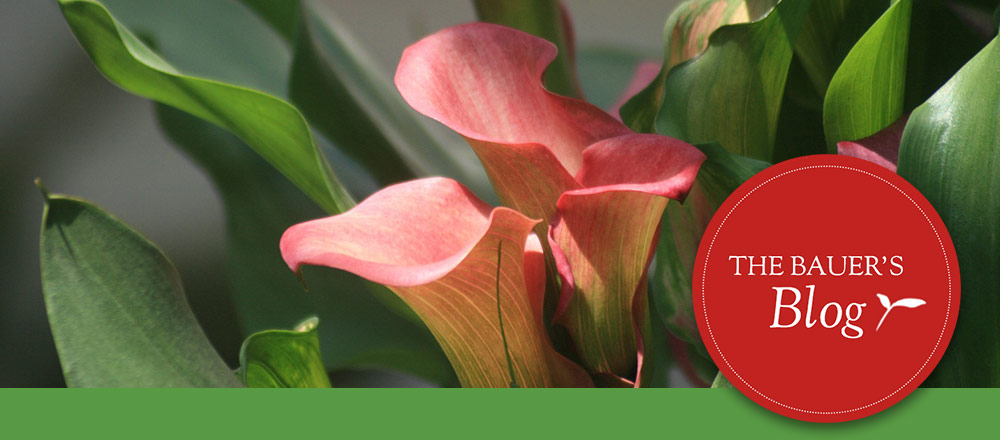

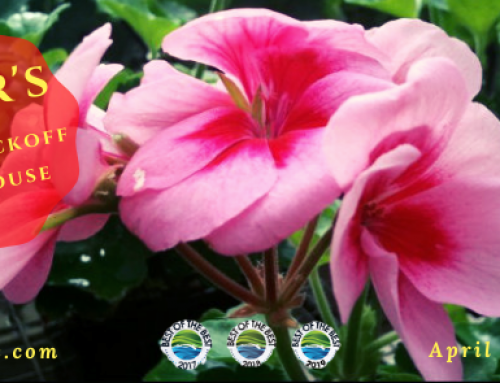
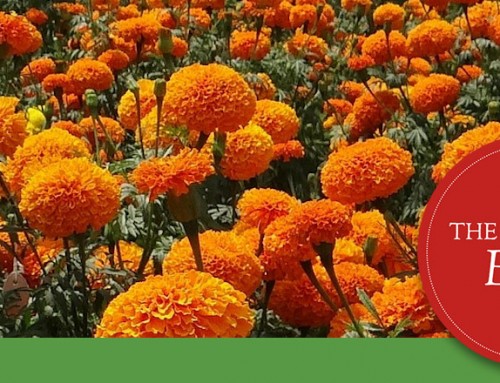
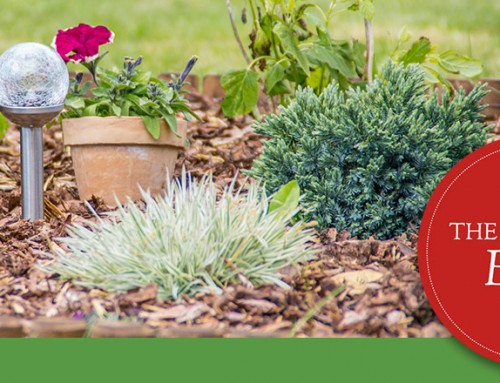
Leave A Comment